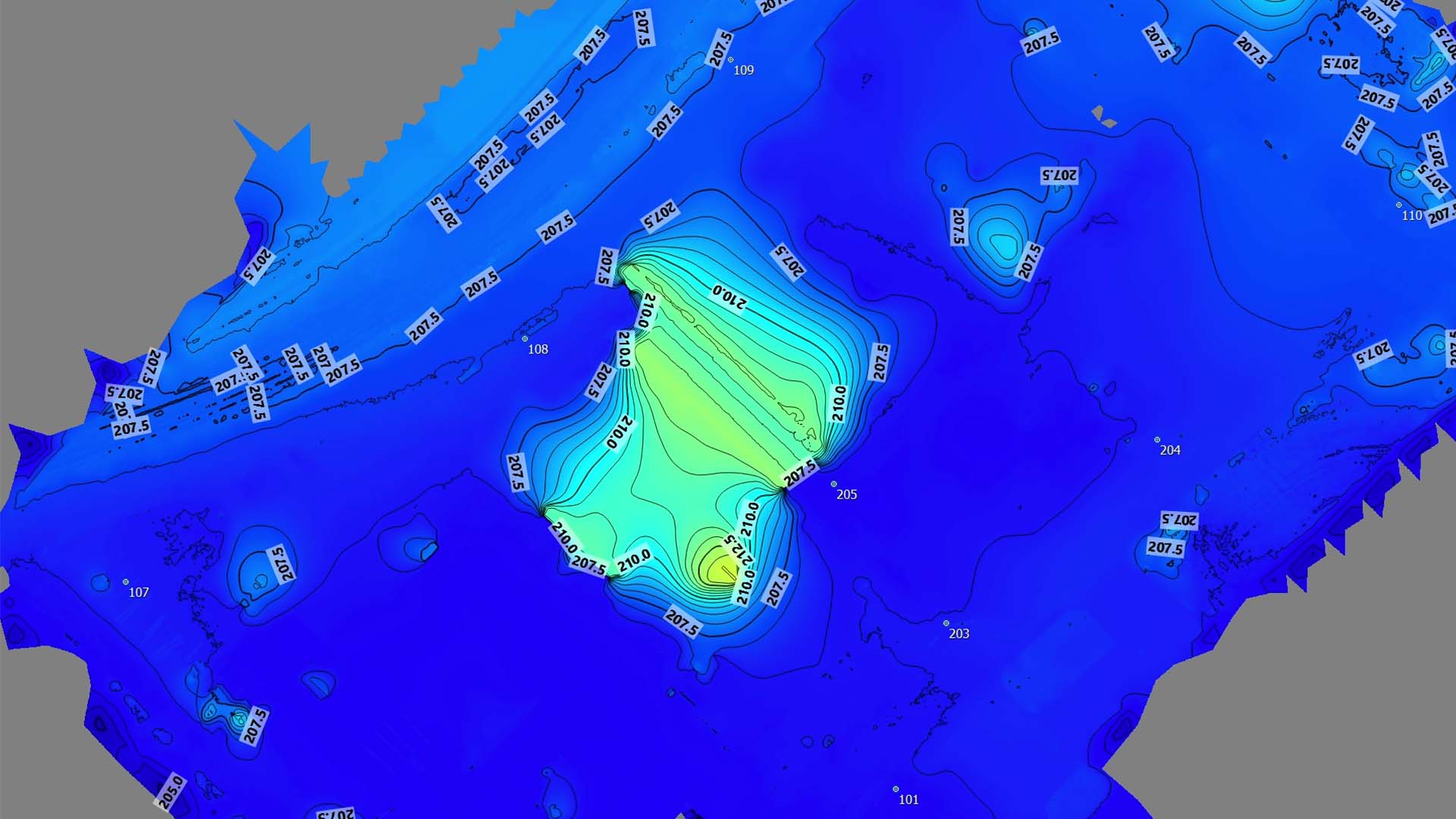Read Time 6 mins
22/05/2023

Introduction to Topographical Maps
Topographical maps play a vital role in various fields, from outdoor adventures and urban planning to environmental management and disaster response. They provide detailed information about the physical features of an area, allowing users to navigate and understand the terrain. In this article, we will delve into the fascinating world of topographical maps, explore their applications, and shed light on how drones have revolutionised the creation of these essential tools.
What are Topographical Maps?
Topographical maps, also known as topo maps or contour maps, are detailed representations of the Earth's surface, showcasing its natural and man-made features. These maps present a two-dimensional view of the landscape, highlighting elevations, slopes, water bodies, vegetation, and other physical characteristics.
Applications of Topographical Maps
-
Outdoor Adventures: Hikers, backpackers, and outdoor enthusiasts rely on topographical maps to navigate trails, assess the difficulty of a route, and plan their journeys. These maps provide valuable information about elevation changes, landmarks, and potential hazards, enabling adventurers to stay safe and make informed decisions.
-
Urban Planning and Infrastructure Development: Topographical maps are crucial in urban planning, helping architects, engineers, and city planners visualise the existing landscape and plan the construction of buildings, roads, and other infrastructure. They aid in identifying suitable locations, assessing the impact of development on the environment, and designing efficient drainage and transportation systems.
-
Environmental Management: Environmental scientists and conservationists utilise topographical maps to understand ecosystems, identify sensitive areas, and plan conservation efforts. These maps assist in studying wildlife habitats, monitoring changes in land use, and managing natural resources sustainably.
-
Disaster Management: Topographical maps are indispensable during emergency situations and disaster management. They assist emergency response teams in assessing the terrain, identifying evacuation routes, and planning relief operations. Additionally, these maps facilitate flood modelling, landslide prediction, and the assessment of vulnerability to natural disasters.
-
Construction Planning: For construction projects, cut and fill data helps engineers and contractors determine the volume of earthwork required to create a level foundation or prepare the site for building. By analysing the cut and fill areas on a topographical map, project planners can estimate the amount of soil, rock, or other materials needed for excavation and backfilling, ensuring proper site preparation and efficient resource allocation.
-
Grading Analysis: Topographical maps with cut and fill data provide insights into the grading requirements for a specific area. By visualizing the elevation changes and contours represented on the map, architects and engineers can assess the feasibility of constructing buildings, roads, or other structures, ensuring that the site meets the desired grading specifications.
-
Drainage and Water Management: Cut and fill information is invaluable when designing effective drainage systems. By studying the topographical map's contours and identifying cut and fill areas, engineers can determine how water will flow across the terrain, identify potential drainage challenges, and plan appropriate solutions such as ditches, culverts, or retention ponds.
-
Environmental Impact Assessment: Understanding the cut and fill areas on a topographical map is essential for assessing the environmental impact of a construction project. By analysing the extent of excavation and backfilling, environmental scientists can evaluate potential impacts on soil erosion, vegetation removal, and habitat disruption. This information helps in implementing mitigation measures and ensuring sustainable development practices.
Drones and Topographical Maps
In recent years, the advent of drones has revolutionised the creation of topographical maps. Drones equipped with high-resolution cameras and advanced sensors are capable of capturing detailed aerial imagery of an area. This imagery is then processed using photogrammetry techniques to generate accurate 3D models and elevation data.
The use of drones for topographical mapping offers numerous advantages:
-
Speed and Efficiency: Drones can rapidly cover large areas, capturing detailed imagery in a fraction of the time it would take using traditional surveying methods. This efficiency allows for quicker map generation and more frequent updates.
-
Enhanced Accuracy: Drones equipped with GPS and sophisticated imaging technology can capture data with exceptional precision. This level of accuracy results in more reliable and detailed topographical maps, improving their usability and effectiveness.
-
Safety and Accessibility: Drones eliminate the need for manual field surveys in hazardous or inaccessible terrains. They can capture data from remote or dangerous areas, ensuring the safety of surveyors while expanding the scope of mapping possibilities.
Conclusion
Topographical maps are indispensable tools used by a diverse range of professionals and enthusiasts alike. From outdoor adventurers to urban planners, these maps provide valuable insights into the Earth's surface features. With the integration of drones, topographical mapping has become more efficient, accurate, and accessible, enabling better decision-making across various industries. Embracing this technology allows us to explore and understand our planet's topography in greater detail, leading to improved planning, conservation, and disaster response efforts.
By leveraging the power of topographical maps and embracing drone technology, we can navigate the world with confidence, while preserving and protecting its natural beauty.